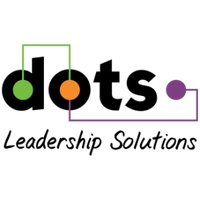How to Deal With 'New Team' CONFLICTWelcome to Part 3 of our series, Building a Kick-Ass Team From the Ground Up. So far we covered the initial two foundational phases of building a kick-ass team: The Start Up Phase and Building the Team Identity. Now, it’s time to talk about everyone’s favourite topic – CONFLICT! Truth is, conflict creates barriers to success of a newly forming team. At some point, even with a solid team that’s working together, there will be bumps in the road. It can get wobbly. Think of team building like first starting to ride a bike without training wheels. First you’re up and rolling along, but then you may begin to wobble. You're careful you don't overcorrect in an attempt to save yourself or you know you'll fall flat on your face…it is the same for a newly formed team. So, here’s how to handle your team’s wobbly period the right way: Building a Kick-Ass Team From the Ground Up Part 3 - Bust Through the Barriers VideoWe all need to feel seen!
2 Comments
|
Most Popular Posts:
AuthorElaine Adamson is a leadership consultant with Dots Leadership Solutions Inc. A natural dot connector. Passionate about coaching team effectiveness and leadership development she shares over 25+ years of real-life tips and tricks that really work! 
Elaine believes you can discover and leverage strengths to forge a strong team dynamic despite business challenges or organizational change.
She posts some great articles on Linked In too! Topics of Interest
All
Archives By Date
November 2022
|
Specialties |
Company |
|


 RSS Feed
RSS Feed